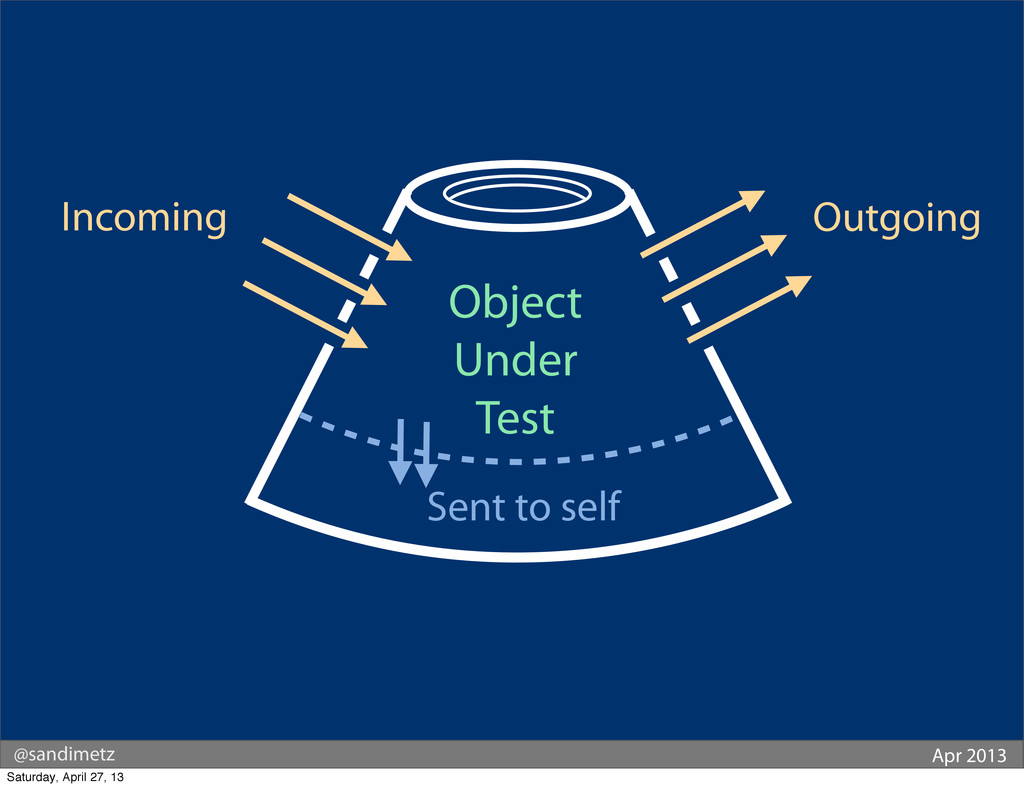The normal controller/view flow is to display a view template corresponding to the current controller action, but sometimes we want to change that. We use render in a controller when we want to respond within the current request, and redirect_to when we want to spawn a new request.
The render method is very overloaded in Rails. Most developers encounter it within the view template, using render :partial => 'form' or render @post.comments, but here we'll focus on usage within the controller.


